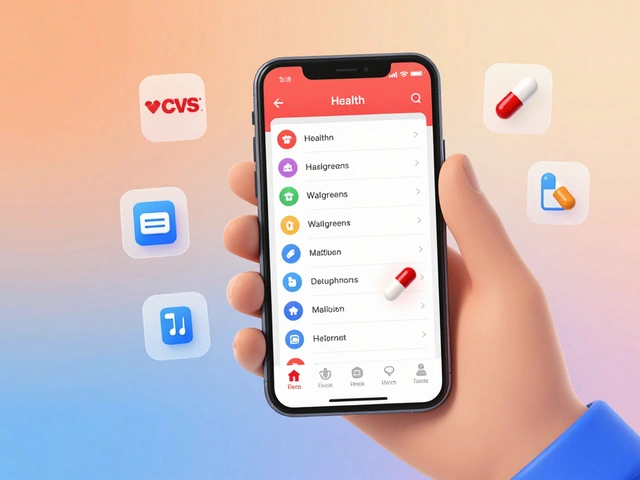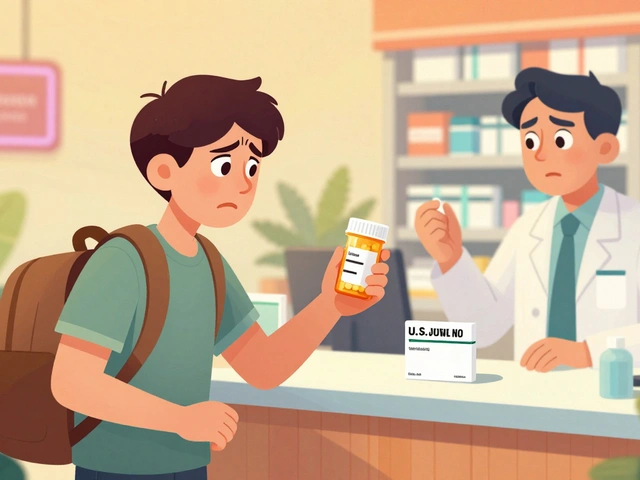Steroid safety: how to use steroids with less risk
Even short steroid cycles can raise blood pressure, disturb cholesterol, and stress the liver within weeks. If you're thinking about steroids—whether corticosteroids for inflammation or anabolic steroids for performance—you need clear, practical steps to lower harm. This page gives straightforward checks, monitoring tips, and common red flags so you can make safer choices.
Know what type you have
Corticosteroids (like prednisone) treat inflammation and need careful tapering. Anabolic-androgens (like testosterone derivatives) change muscle, mood, and hormones. They affect different organs and demand different safety steps. Label names, doses, and how long you'll take them before you start.
Always treat steroids as real medicines. For corticosteroids, never stop high doses abruptly—your body may need a slow taper to avoid adrenal crisis. A typical safety plan: baseline tests before starting, repeat labs at 4–6 weeks, and again at three months if you continue. For long-term steroids, check bone density, blood sugar, blood pressure, and eye exams as advised by your doctor.
Monitoring and tests that matter
Get these basic checks: liver function tests, fasting lipids, fasting glucose or A1c, blood pressure, and a baseline testosterone (for men) or hormonal panel (for women) when using anabolic steroids. If using injectables, add hepatitis B/C and HIV screening if there's any sharing risk. Keep a record of results so you and your clinician can spot trends fast.
Watch for warning signs: new chest pain, shortness of breath, sudden mood swings or aggression, jaundice, unexplained bruises, big jumps in blood pressure, or sudden weight gain. Any of these need same-day medical review.
Buying steroids online or from gyms carries extra risk. Sites that ship without prescriptions, offer unbelievable discounts, or provide no contact details are often unsafe. Use pharmacies with clear licensing, verified reviews, and secure payment. Check for accreditation and readable return policies before buying.
Needle safety matters. Never share syringes. Use sterile supplies, dispose of sharps correctly, and rotate injection sites. If you see redness, swelling, or fever at an injection site, get medical care—these can be signs of infection.
Think about alternatives. Physical training plans, nutrition, sleep, and approved prescription options can deliver real gains without steroid risks. If a physician prescribes steroids for a medical reason, ask about the lowest effective dose, duration limits, and follow-up tests.
Finally, be upfront with your doctor. Tell them about supplements, online purchases, or any mood changes. Honest talk helps clinicians catch problems early and keeps you safer. If you want, start by printing your medication list and recent lab results before appointments—it's an easy step that improves care.
Anabolic users should consider extra checks: get a baseline ECG or echocardiogram if you have family heart disease, monitor triglycerides every 6–12 weeks, and check liver enzymes more often if you take oral steroids. Avoid stacking compounds at once. Keep doses reasonable and limit cycle length. If you notice anxiety, depression, or insomnia, talk to a clinician or counselor early — mental changes can happen fast and get help.



